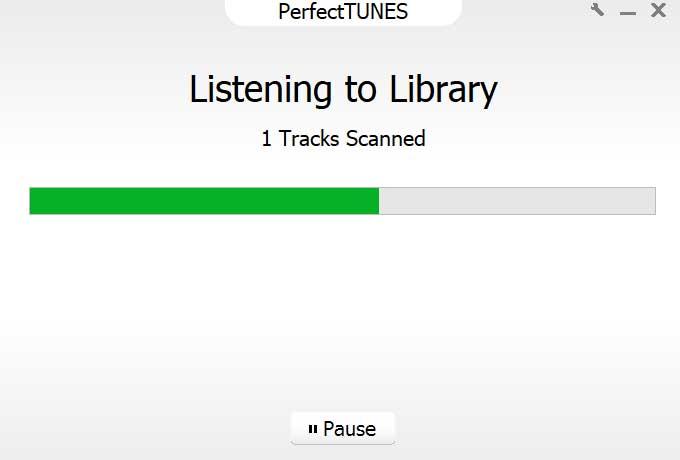
(Some of my discs are sufficiently damaged that I was not able to rip certain tracks.) Note that re-reading of bad frames can take hours per track, and that some tracks just won’t match AccurateRip or even rip securely.

For each disc with “InAccurate” listings:.Use AccurateRip from PerfectTUNES to scan the entire directory structure, then use the built-in information tool to get a text file listing all “InAccurate” tracks.This is likely a metadata issue as CD Ripper has access to more metadata providers than Batch Ripper. Or it may be the drive failing to recognize the disc. For each disc that is rejected, use dBpoweramp CD Ripper to rip the entire disc.

Label output folders by the box numbers containing each CD this will make manual metadata validation/cleanup easier.
#PERFECTTUNES CHECKING WITH ACCURATERIP SOFTWARE#
By using high quality ripping software which supports AccurateRip I was able to ensure that the vast majority of ripped tracks are affirmed error-free and effectively digital archival quality.
#PERFECTTUNES CHECKING WITH ACCURATERIP MANUAL#
It went well and was mostly hands-off, with only occasional manual intervention needed when the auto-loader jammed and then tool-assisted cleanup of tags and artwork. Since ripping an entire CD collection is a desire of many friends of mine I wanted to share the general setup and workflow that I used. The requisite tools were purchased and I got to work. 411.3 GB later and most all of my physical CDs (1241 albums) have been imported as cleanly as possible, ready for listening on a myriad of devices, hopefully for years to come. Having recently moved my web hosting (this site, ) to Linode, my old server was sitting unused at home and I only needed some modern software and an autoloader to set up a high performance CD ripping workstation. Twelve years later, with better tools available, and finding some time in the form of a holiday break (Christmas Eve to after New Year’s) I began thinking about re-ripping my CD collection. Not to mention there was no good way to assess the accuracy of the resulting rips…

This was tedious, and something I didn’t want to repeat… At the time CD metadata providers didn’t have many of the discs, so a great deal of manual cleanup was needed. While iTunes’ eject-after-import feature facilitates disc swapping, the workflow was selecting a stack of CDs, inserting them one at a time, then manually validating tags and artwork. My previous ripping operation was performed with a dual CPU PowerMac G5 and iTunes. (This format was chosen for compatibility with my currently preferred software and hardware players, and being lossless can easily be transcoded to other formats as needed.) Now that storage is cheaper and I have some time, and before data rot sets in, I wanted to re-rip the collection to archival-quality Apple Lossless format. This was a great achievement, and for the last 12 years I’ve enjoyed having all of my music in a central digital format. Back in 2003-2004 I ripped ever CD I owned to 192kbps AAC, a very good sounding format which was cost effective to store on disks of the time.


 0 kommentar(er)
0 kommentar(er)
